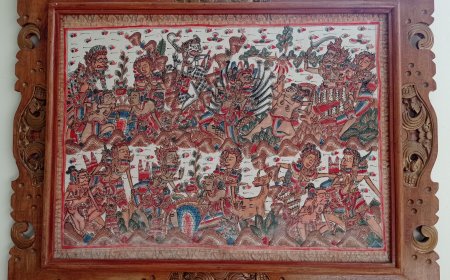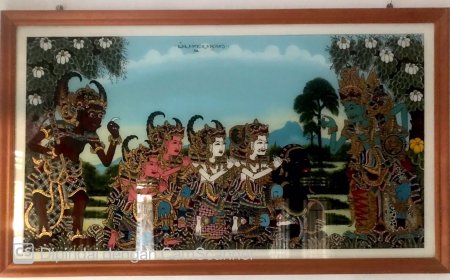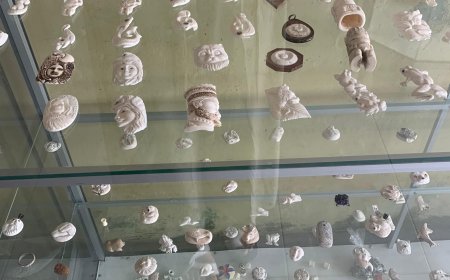Batik Batubulan: Classic Patterns that Remain Relevant in the Modern Era
Batik Batubulan, as an inseparable part of Indonesia's cultural heritage, is more than just clothing; it is a work of art that reflects national identity and pride. Originating from the village of Batubulan in Bali, Batik Batubulan continues to evolve, blending classic patterns with contemporary innovation. Rooted in tradition, this batik remains relevant in the modern era, offering unparalleled beauty by combining classical elements with contemporary aesthetics.
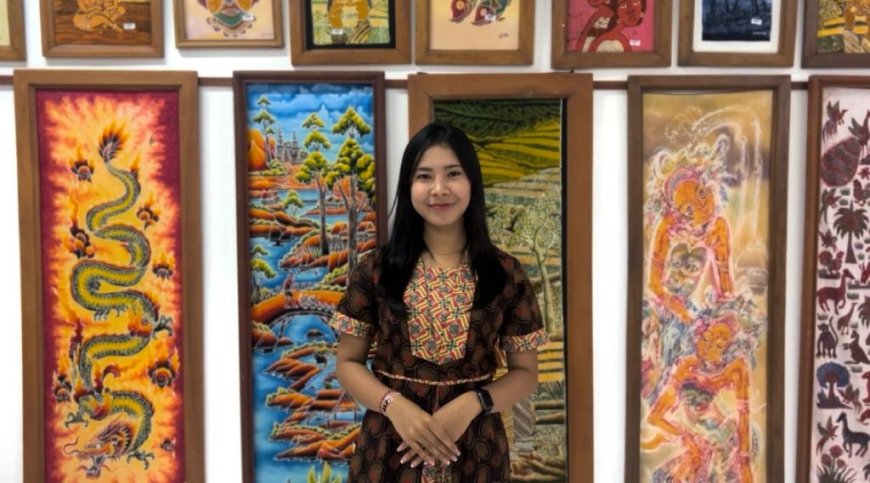
Batik, an irreplaceable cultural heritage of Indonesia, has evolved into a symbol of identity and national pride. One prominent variation of batik is Batik Batubulan from Bali. In this modern era, Batik Batubulan continues to demonstrate its relevance by combining classic patterns with contemporary style innovations.
Batubulan, a village in Gianyar, Bali, has a long history of creating unique and beautiful batik. With techniques passed down from generation to generation, batik artisans in Batubulan maintain integrity and authenticity in every pattern. A key figure in the development of the batik industry in Bali is Pande Ketut Krisna, who hails from Banjar Tegeha, Batubulan Village, Sukawati Gianyar, Bali. The history of Balinese batik began around the 1970s when Pande Ketut Krisna used simple batik cap techniques to create Balinese batik.
During that time, weaving tools were still manual, with a limited number of only 5 units known as Non-Machine Looms (ATBM). Nevertheless, Balinese batik continued to experience rapid development, becoming a popular choice of clothing among the Balinese people during that period. The use of batik was not limited to fashion but also extended to religious and traditional ritual activities. The Balinese community regularly wears batik in various religious activities, adding a spiritual and cultural nuance to every moment. Batik fabric is often tied around the waist (senteng) or used as a headband (udeng), creating a distinctive traditional atmosphere.
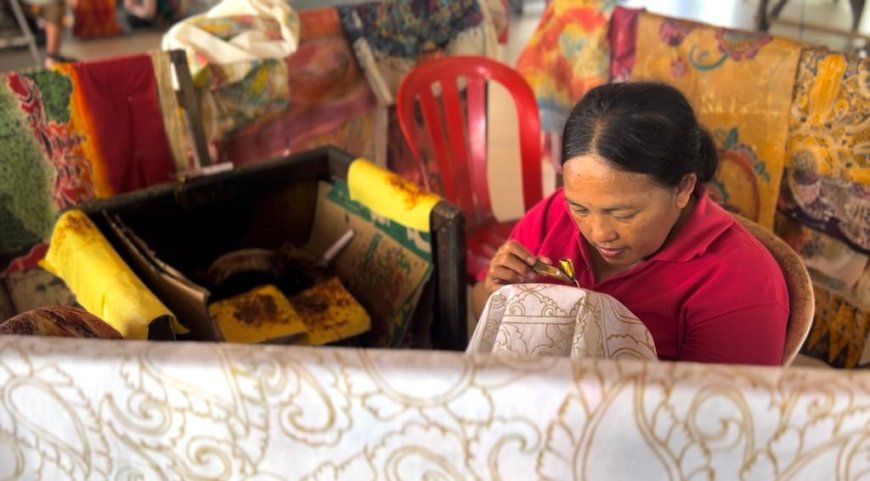
Hand-drawn Batik from Batubulan (Photo Source: Private Collection)
Classic patterns of Batik Batubulan, such as flora and fauna motifs, as well as stories from Hindu mythology, remain relevant and sought after by many. These motifs not only represent Indonesian culture and history but also convey deep spiritual symbols and life philosophies. However, the modern era has not only influenced how we dress but also how we perceive batik. Batik Batubulan has adapted to the changes of time, with artisans combining classic patterns with contemporary aesthetics. Whether in formal or casual wear, Batik Batubulan offers beauty and uniqueness that is irreplaceable.
Generally, there are four types of batik-making techniques used hand-drawn (tulis), stamped (cap), printed, and dyed (celup). Hand-drawn batik, considered the original and traditional style, is created using hot wax applied with a tool called a canting. Artisans first draw the desired pattern on the fabric, then cover it with hot wax using a canting until it solidifies. After the wax hardens, the fabric is dyed in the chosen colors, ensuring that the wax-covered areas remain untouched by the dye. Once the fabric's color is vibrant and dry, the wax layer is slowly peeled off.
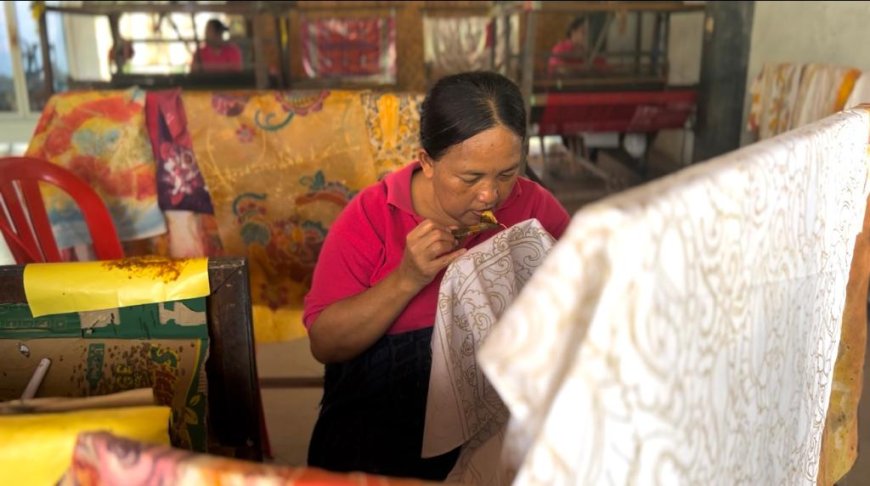
Hand-drawn Batik from Batubulan (Photo Source: Private Collection)
And that is the wonder of Batik Batubulan. Despite being deeply rooted in tradition, it is not afraid to innovate and evolve. Its classic patterns remain relevant as they speak to our souls, narrating stories from the past, while the contemporary innovations in this batik prove that traditional art can continue to shine and appeal to our modern tastes, demonstrating that batik can always appear fresh and trendy. By staying open to innovation, Batik Batubulan has successfully captured the attention not only of those who appreciate tradition but also of the younger generation.



















































